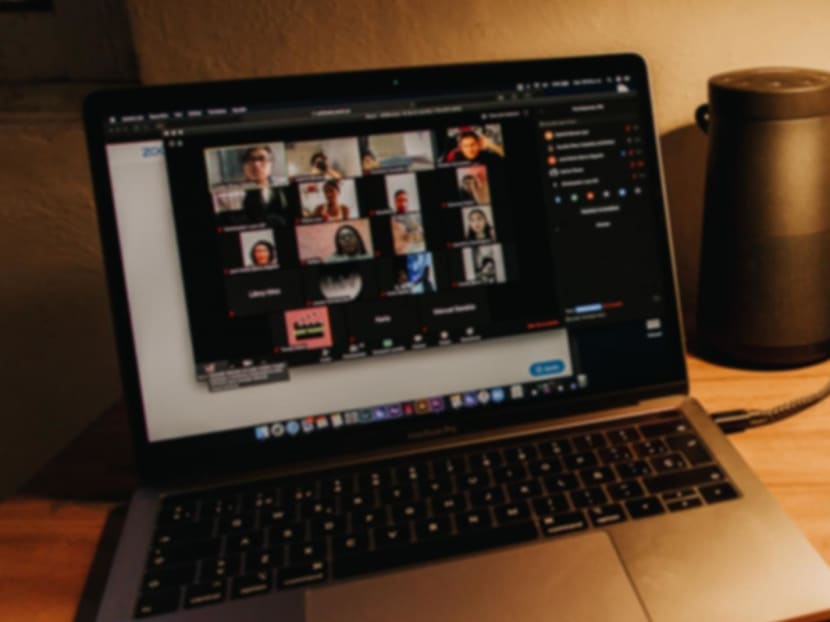Commentary: Use technology not just for teaching students but also to cut hours and workload of educators
The Ministry of Education recently announced that more than 37,000 teachers and other educators in Singapore will receive a 5 to 10 per cent increase in their monthly pay from October 2022.
The Ministry of Education recently announced that more than 37,000 teachers and other educators in Singapore will receive a 5 to 10 per cent increase in their monthly pay from October 2022.
Many see this as a cause for celebration as educators grapple with heavy workloads and mounting stress levels.
A major contributor in recent years was the sudden move to hybrid learning when the pandemic struck, forcing educators to adapt and transform their teaching methods.
Today, the hybrid shift is no longer temporary. Singapore has embraced a blended learning model where educators now need to deliver a consistent learning experience for students across online and offline settings.
A non-negotiable in this new form of teaching has been adopting digital solutions, which is not just about turning a machine on.
When leveraging digital media, educators face a host of other responsibilities they did not have to manage before — from reconfiguring and adapting offline lessons for the virtual classroom to even monitoring students’ cyber wellness.
While much has been said about the benefits afforded to the receivers of hybrid learning, the impact on educators is considerably less discussed.
EASING WORKLOADS
When it comes to taking a curriculum online, we know by now that the approach of moving content wholesale does not work.
Research conducted by Intelligence Business Research Services (IBRS) found that content should instead be adapted into bite-sized modules that can be rearranged and inserted nimbly within the overall curriculum.
This can be a laborious process.
Thankfully, digital solutions have made it possible for educators to share content online for peer reviews or collaborate on the same digital whiteboard, cutting down time in this tedious process.
Embracing the right digital solutions can also help educators better manage expectations from students and their parents.
While this is nothing new, communicating gets harder when the norms of a digital lifestyle bleed over.
Students tap into the same social conventions used when chatting online with their friends and expect instant, near real-time response — even late at night.
The same IBRS research found that institutions across the region struggle with balancing educators’ time with these expectations.
Adopting a variety of digital solutions that support time-shifted learning can help educators to put in place boundaries that protect their time.
For instance, this could look like a mix of emails and e-portal messaging for asynchronous communication, as well as group video sessions for synchronous instruction.
Ultimately, the technology stack deployed by institutions needs to feed into one objective: Addressing the fundamental challenge of long hours and high workloads for educators.
Digitalisation is a first step in helping schools rethink the traditional ways of working. But what truly drives results is being able to streamline and consolidate workflows into one centralised platform.
Just imagine the time savings if educators could update student attendance, collaborate on lesson plans, mark assessments, and even speak virtually with parents, all in one place.
PROFESSIONAL DEVELOPMENT
Another aspect often overlooked is the professional development of educators.
There is a longstanding tension between equipping educators with the digital tools they need and finding the time for them to learn how to use these tools.
Yet, it is critical that educators are equipped with the skill sets needed to teach effectively — more so than ever with the current hybrid landscape.
In the same way that students adapted to home-based learning (HBL), learning for educators can be facilitated with technology.
The same IBRS report showed that while many educators across Asia Pacific experienced remote professional development for the first time amid the pandemic, they liked the flexibility and convenience of learning at their own time and pace.
Furthermore, the same technology that is now indispensable in the classroom can also be leveraged by educators to refine and further develop their teaching programmes day to day.
For example, in-built analytics tools on digital platforms used for HBL can easily count the number of students logged in to the session or show time spent on a particular slide.
This could help educators identify areas of improvement by signalling where students found it difficult to understand.
Professional development does not always have to be in the form of lectures or seminars.
Rather than being seen as an "in between" or "after class" activity, practical learning that is embedded within day-to-day teaching can be time-saving and equally as effective.
In the hybrid learning environment, it may be easy for educators to perceive digital solutions as a functional tool to transmit information to students.
But to truly unpack the value of a blended learning model, educators should shift their mindsets and consider the lessons to be learnt not only for their students but also for their professional development.
ABOUT THE AUTHOR:
Ricky Kapur is Head of Asia Pacific at video communications platform Zoom.







